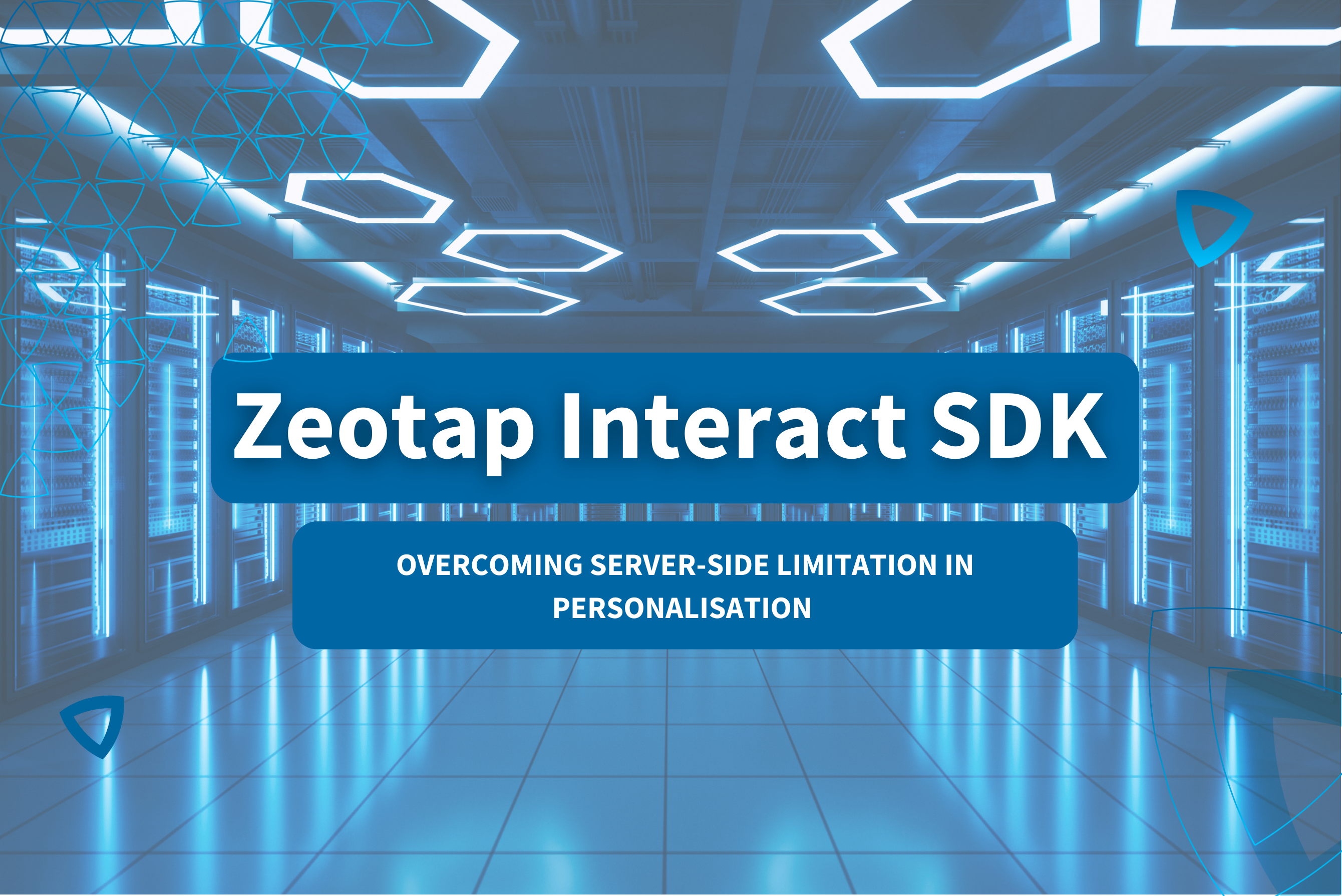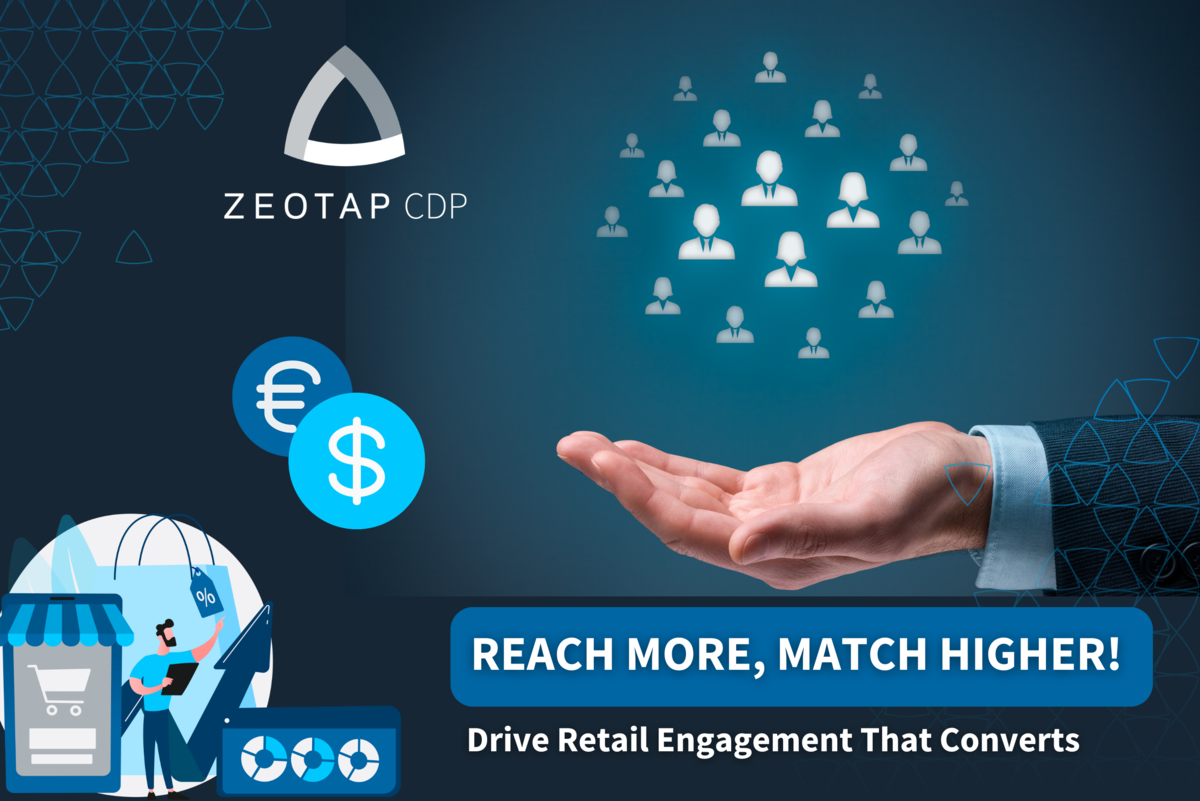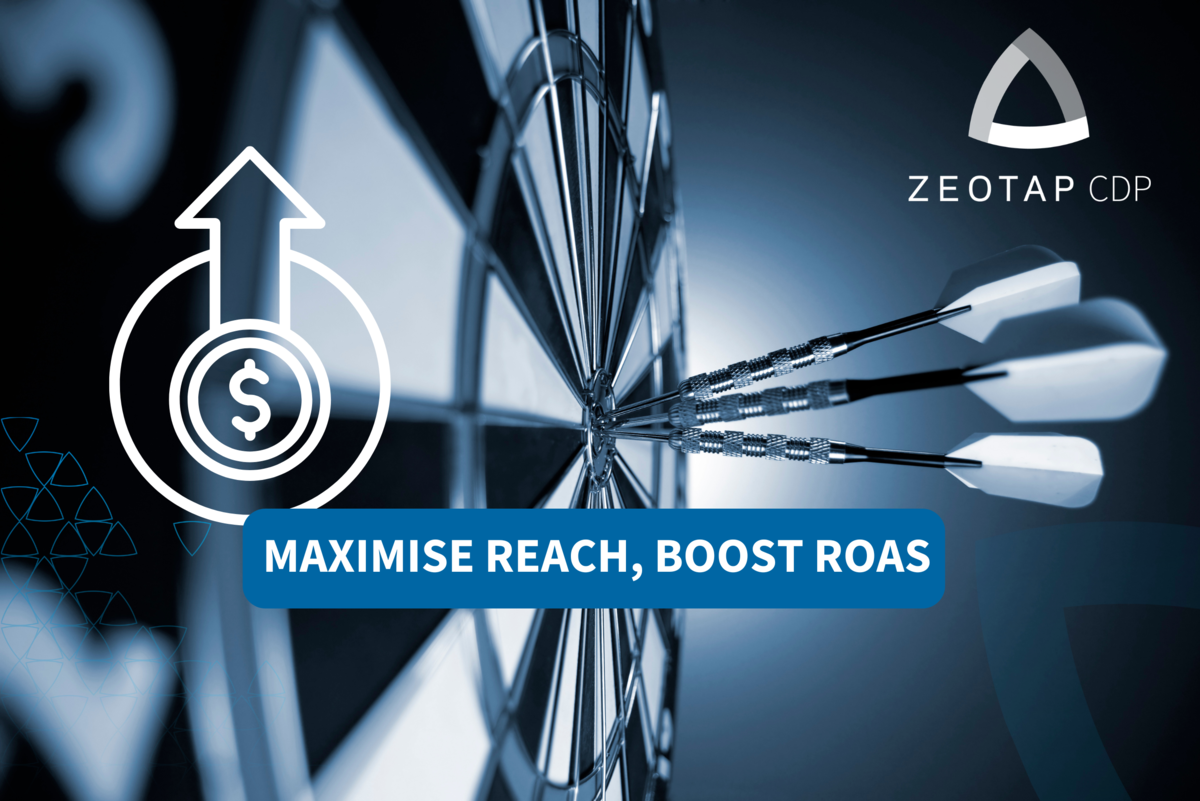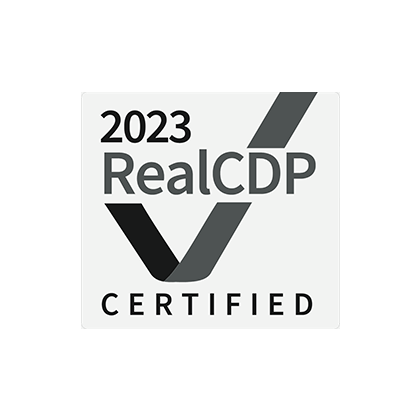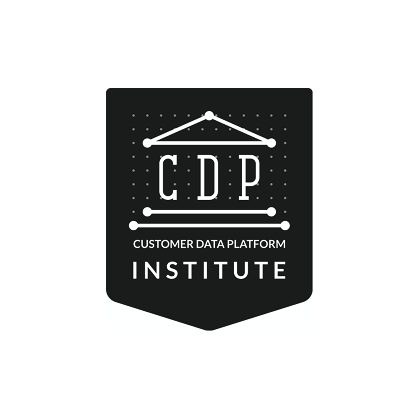With Google’s plans to deprecate third-party cookies by 2023 and Apple’s iOS 14 now allowing users to opt-out of app tracking, the future of marketing and advertising lies at the hands of first-party data.
While this change undoubtedly affects the way businesses collect and use data, the good news is that there is still time to take action: most marketers are already looking into different solutions to fill the void left by third-party cookies by building a consented first-party data asset.
What exactly is first-party data (compared to its counterparts)?
Before we look at some strategies for collecting first-party data, let’s begin with a recap on the types of data a business can collect:
- First-party data is data collected about your audience and taken directly from their interaction with your website or app. This data is high value with minimal privacy issues.
- Second-party data is data that is collected by another company and then sold or shared to a non-competitive company (for example, an email list).
- Third-party data is information collected from a variety of external sources by a company with no direct relation to the user whose data is collected.
Continue reading: The Differences Between First, Second and Third-Party Data
Collecting and Implementing First-Party Data
Whether you’re aiming to increase marketing reach or fine-tune your sales channel strategy, collecting first-party data can help you:
- Learn directly about your audience’s preferences to deliver more data-driven marketing
- Create a more targeted and personalised customer experience
- Reduce churn and attrition rates and regain revenue previously lost to third parties
Businesses taking advantage of first-party data have the upper hand in how to get customers.
To avoid falling behind, let’s now take a look at eight of the best strategies for first-party data collection.
1. User Registration
Companies often neglect the simple task of getting users to register when they visit a website. Adding the option to register is a subtle way to generate a pool of ideal customer profiles, and it only takes a matter of seconds.
The key issue lies in persuading users to register in the first place: for this, you need to get creative.
Consider offering a first-time discount on a product or service – for example, 15% off for a first name and email address. This is also a good way to increase retention rates via future email campaigns.
Other places to obtain email addresses include newsletter sign-ups or ‘Share with a friend’ links.
2. Single Sign-On (SSO)
Single sign-on (SSO) is a process that asks users if they would like to sign in using their Google or Facebook accounts.
The advantage is twofold: users get to sign in and access your content faster without requiring another new password, and businesses benefit by gaining first-party data such as name, ID, profile URL, interests, and location.
3. Progressive Profiling
After collecting user registration information, you can progress to profiling users on a deeper level. Here you can explore firmographic, demographic, and other types of data that reveal insights and help you focus on your target market.
But be careful: it’s easy to scare potential customers off by asking for too much information initially. Progressive profiling requires careful consideration to slowly gain access to additional data. Moreover, following cybersecurity precautions and preparing your website to smoothly handle any DDoS attacks, make sure the provided information is safely kept and stored. You should be reliable for your customers to share additional data with you
One example could be a company only asking for limited information on a new purchaser initially. But with follow-up emails and repeat account logins, new questions such as ‘when’s your birthday?’ can be asked to build a deeper profile.
4. Event-Based Tracking
Event-based tracking allows you to collect in-depth behavioural data about your users.
There are several analytics tools that make event-based tracking simple. These nifty tools allow you to implement event tracking and feed first-party data into other systems. From here, you can begin to paint a picture of your ideal customer and their traits.
5. Content Sharing
Users love sharing engaging content, especially if they are the first to do so. Capitalise on this by activating content sharing on your website or app to spread awareness of your company across multiple channels. This is where a solid and well-thought-out content strategy will prove vital.
Whether it’s written content, a video, or a product/service, content sharing bulks up your stockpile of first-party data. Then, when the recipient of shared content views your site, you can collect even more data about their interactions with your site/products to fine-tune future engagement.
6. Surveys and Polls
Sometimes the best way to find out why a customer does (or doesn’t do) something is by simply asking them. Run a quick survey or a poll in return for a free gift or discount to not only engage with the customer, but also collect first-party data in the process.
7. Warranty or Product Registration
Businesses today are becoming more switched on when it comes to warranties and product registrations. After all, these are ideal opportunities to collect first-party data and form a connection with new customers.
Try including QR stickers on products to get new customers involved and scanned into your database. These relationships can then be deepened over time with text messages and emails.
8. Customer Feedback and Reviews
Asking for reviews via email, social media, or a website can be a treasure trove for first-party data collection. You can manage all social media in one place to ensure fast and easy coordination of data.
Completed reviews can be linked back to your customer base to help build customer profiles. They can also be linked to inventory management software to uncover how many positive reviews you have based on units sold.
Reviews and feedback can also help you see both sides of the story – the good and, if any, the bad. Be it on products, services or even customer website feedback.
By taking on board all reviews, you can optimise and tailor your future product development, marketing, and engagement to your customer base.
Tie Your Data Together Using a Customer Data Platform
Once you’ve collected your first-party data, you’ll need an efficient way of managing it: this is where Customer Data Platforms (CDPs) come into play.
CDPs are a type of software that aggregate customer data collected from a variety of data sources (including first, second and third-party data) and software (including CRMs, DMPs, data lakes or warehouses, websites or mobile apps, and/or POS systems). The data can then be structured into central customer profiles and then allow it to be accessed by other pieces of software.
With these customer profiles, users can then create audience segments (sometimes even based on machine learning), and activate them across other channels like SMS marketing, paid media, customer service tools and website personalisation.
Continue reading: The Enterprise Marketer’s Guide to Customer Data Platforms
Final Thoughts
With the death of third-party data on the horizon, first-party data is the future. This deeper level of data collection gives you the insights you need to understand your customers better than ever.
With the above strategies, you can get started refining your first-party data collection strategy today.
Author: Xiaoyun TU – Brightpearl
Xiao is the Global Head of Lead Generation at Brightpearl, a leading retail operations platform and inventory software. She is passionate about setting up innovative strategies to grow sales pipelines using data-driven decisions.
